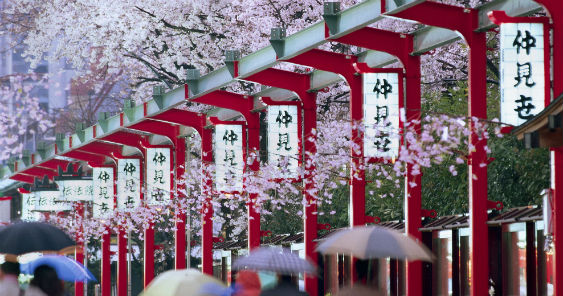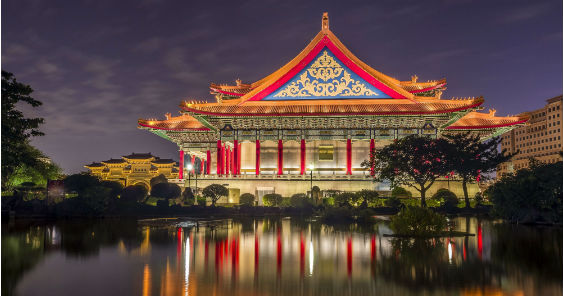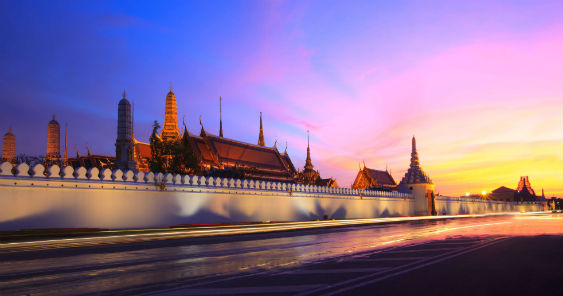NEW YORK – Bangkok is the top-ranked destination city by international overnight visitor arrivals, according to the sixth annual Mastercard Global Destinations Cities Index. Asian cities make up half of the global top 10 cities – Bangkok, Singapore, Kuala Lumpur, Tokyo and Seoul – and seven of the top 10 fastest growing destination cities – Osaka, Chengdu, Colombo, Tokyo, Taipei, Xi’an and Xiamen.
The Index provides more than a ranking of the 132 most visited cities around the world. It projects visitor volume and spend estimates for the 2016 calendar year, while delivering a deeper understanding of how people travel and spend around the world. As cross-border travel and spending continue to grow at a faster pace than world GDP, the world’s cities continue to be engines of broader economic growth.
For the first time, the Index explores whether visitors travel for business or leisure, and provides insights into how international visitors are spending, including dining, lodging and shopping. The 2016 Index shows that more people travel internationally for leisure (85.6% for Bangkok), except to Shanghai where more than half visit for business (54.6%).

In terms of discretionary spending, accommodation makes up the biggest portion of visitors’ expenditure in most of the destination cities, with the exception of Istanbul. Reflecting the disparity in local cost of living, expenditure on accommodation runs as high as over 40% in European cities; whereas it is less than a third-of total expenditure in Bangkok, Seoul, Osaka, Shanghai and Istanbul. Seoul topped the list for greatest percentage spent on shopping against all categories at 58.7%, followed by London (46.7%), Osaka (43.4%) and Tokyo (43.1%).
Dr. Yuwa Hedrick-Wong, Global Economic Advisor, Mastercard, commented, “The continuing strength of global tourism is one of the silver linings of an otherwise less-than-satisfactory recovery since the 2008/09 crisis. This is driven by an expanding middle class in many emerging markets, because traveling overseas is a priority as their discretionary spending expands. Growth in the number of international visitors out-performing world GDP growth by 2.5 times speaks powerfully to the importance of inclusive growth, which strengthens domestic demand in spite of generally more anemic global economic conditions.”

Eric Schneider, senior vice president, Asia Pacific, Mastercard Advisors, said, “Asia Pacific has been the fastest growing region for international tourism since 2005, with underlying growth momentum expected to continue especially with the burgeoning middle class in Southeast Asia, China and India seeking new travel experiences within the region.” He also mentioned, “Tourism has the power to drive significant social, economic, cultural and environmental development in both developed and developing markets and it can also be the catalyst for large investment in cities and businesses. Governments need to understand how to harness this potential in order to ensure continued smart development and sustainable growth in cities around the world.”










